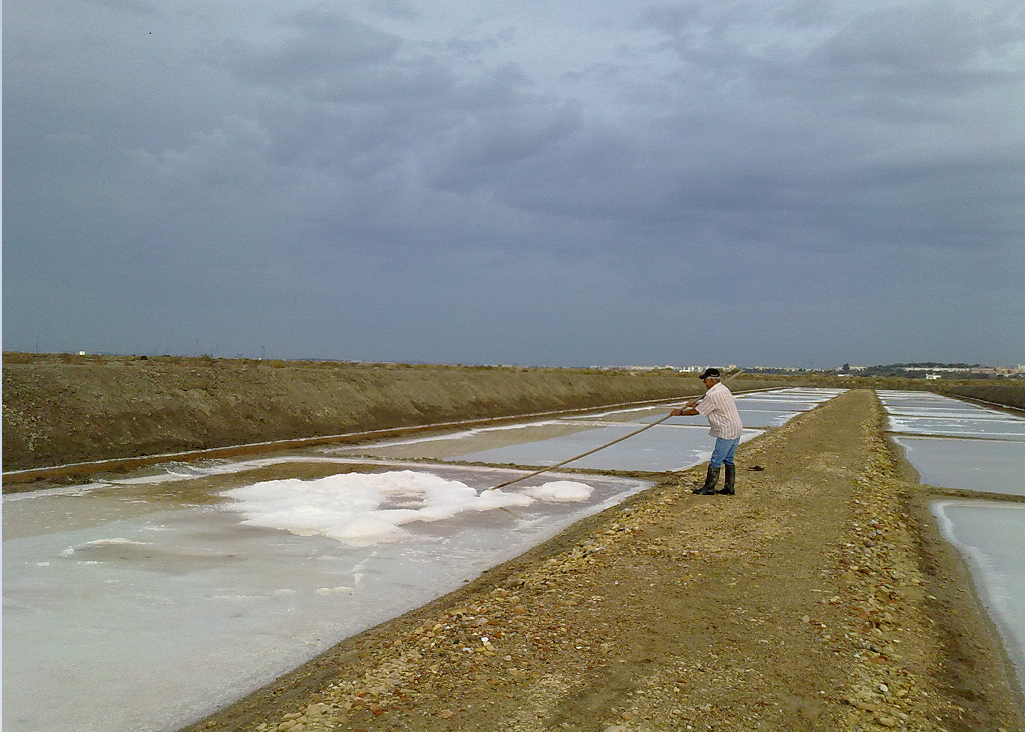First comparative study on blue carbon stock: artisanal versus industrial saltpan - A MedArtSal study

Have you heard about the ecosystem services?
The Millennium Ecosystem Assessment (MA) popularized this concept in the early 2000s and it refers to the benefits people obtain from ecosystems. These include provisioning services such as food or water; regulating services that affect climate, disease or water quality; cultural services that provide recreational and spiritual benefits; and supporting services such as soil formation, photosynthesis or nutrient cycling.
If we put attention to salt marshes, some of the ecosystem services can be mitigating sea level rise, providing salt products, fishes or edible seaweeds, and most importantly, absorbing and storing large quantities of carbon dioxide from the atmosphere, which is known as blue carbon (BC). This term refers to organic carbon that is captured by the oceans and vegetated coastal systems, and stored in their sediment.

However, what happens if we transform these marshes for salt production?
Saltpans or, as we like to call them, salinas, are places where sea water is stored in shallow ponds to force progressive salt concentration by evaporation. Thus, one could think that the high salinities and temperatures could alter the process of blue carbon fixation. For this reason, a recent study (Haro et al, 2022), within the MedArtSal project, has analysed blue carbon stock in an artisanal and in an industrial saltpans in the Cadiz Bay in order to quantify the difference of organic carbon absorption among Salinas and pre-existing natural saltmarshes.
To acquire this information, scientists collected sediment from the different salinas and analysed them. What they found was that active saltpans may store similar quantities of carbon than natural saltmarshes, so salt activity does not appear to negatively affect the ability of these ecosystems to sequester carbon. Therefore, human-managed coastal habitats could represent a large pool of blue carbon stored over thousands of years and they must be taken into account in the climate change mitigation strategies.
Article written by: Yana Korneeva, Researcher at University of Cadiz, Department of Biology









